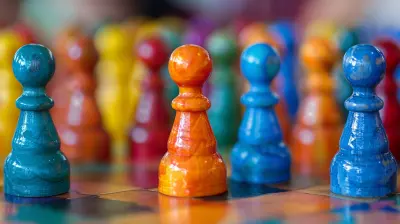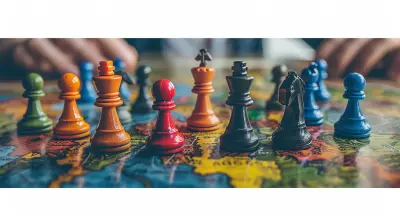Creating Immersive Backstories Through Personalized Weapons
28 August 2025
Ever created a cool character for your tabletop RPG or video game and felt like something was missing? They’ve got the mysterious past, the scar across one eye, the brooding attitude… but still, it feels like you can’t quite connect with them yet.
Here’s the secret sauce: the weapon.
Yeah, that sword, gun, staff, or even a cursed rubber chicken — that’s not just “gear.” When done right, the weapon becomes a part of the character’s soul. It tells a story all its own. And when you give it meaning, you breathe life into your character.
In this post, we’ll dive into how you can build immersive backstories through personalized weapons that not only engage the player but also deepen the narrative. Ready? Let’s slice through the fluff and get into it.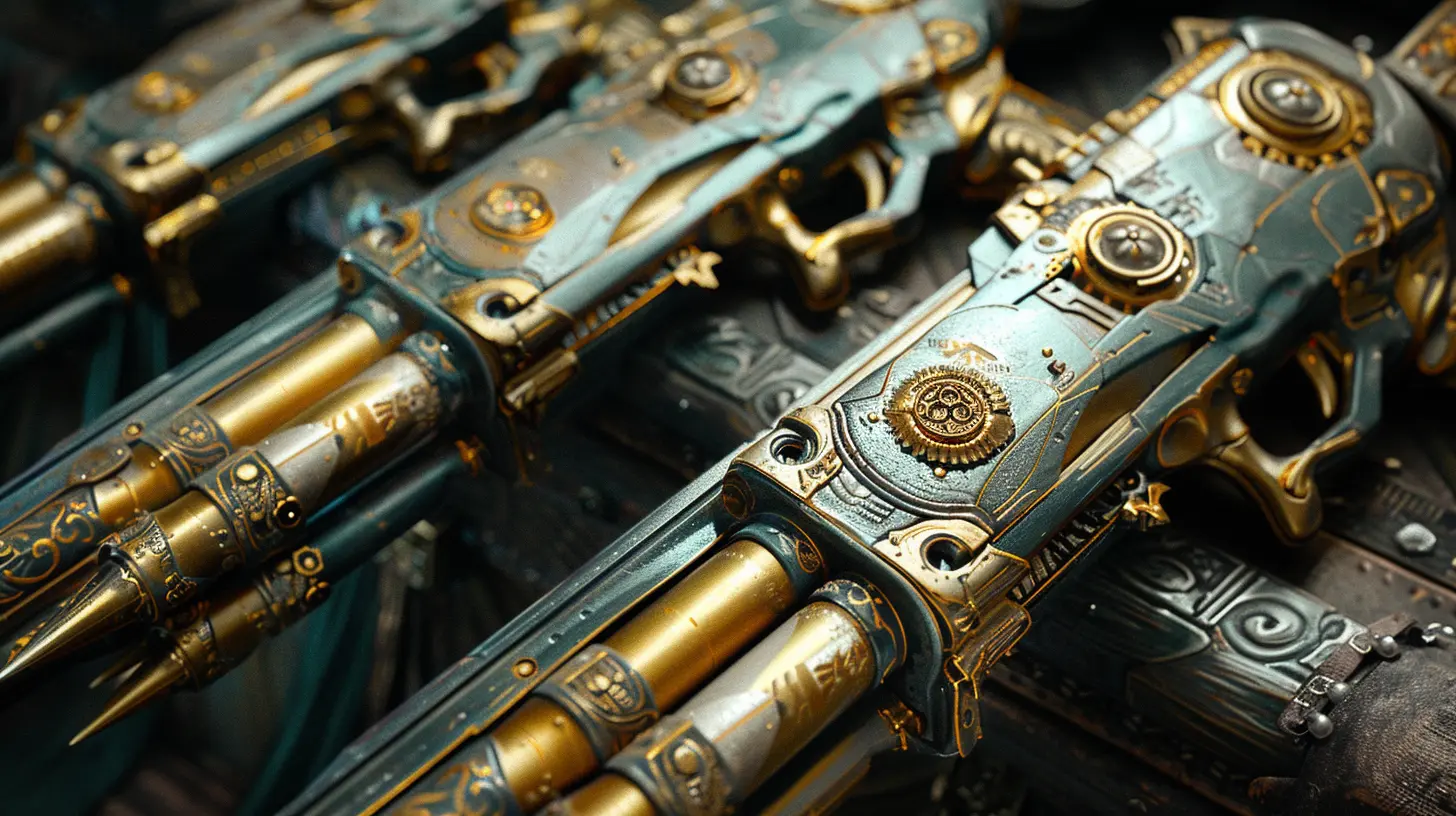
Why Weapons Matter in Storytelling
We all know weapons in games are often just stat sticks. You pick the one with better damage and move on. But let’s step back.Think about Kratos’ Leviathan Axe in God of War. Or Cloud’s Buster Sword in Final Fantasy VII. These aren’t just tools. They’re symbols. They carry emotional weight, history, and character evolution. A weapon can be a mirror reflecting the hero’s internal battles, their past traumas, or their greatest hopes.
The point is: a personalized weapon isn't just bling — it's a narrative powerhouse.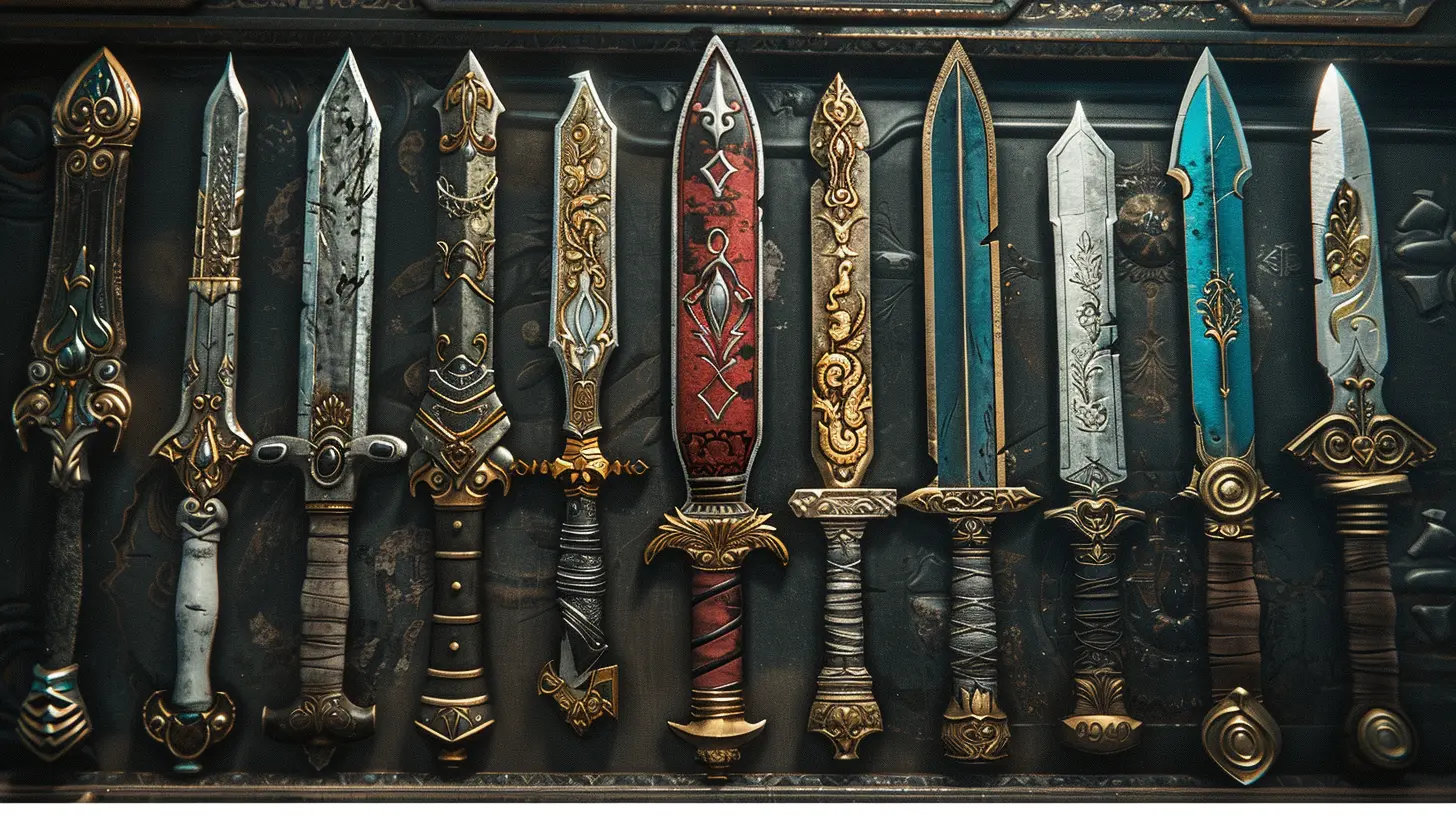
Getting Personal: What Makes a Weapon Truly “Theirs”
So, what does “personalized” really mean when it comes to weapons?1. The Origin Story
Every weapon should have a beginning — just like your character. Was it forged by a loved one? Pulled from the ashes of a destroyed village? Won in blood? Maybe it was just found in a dumpster, but it saved their life.A powerful origin story ties the weapon directly to the character’s past and forms emotional roots. It’s not about being flashy — it’s about being meaningful.
> _Ask yourself: How did they get this weapon, and why did they keep it?_
2. Symbolism & Meaning
Personalized weapons are loaded with symbolism. Maybe the blade is cracked — a constant reminder of failure. Maybe it's engraved with the name of someone they couldn't save. Or maybe it glows when they lie, forcing them to stay true to themselves.Use small details to add deep emotional value. The weapon becomes more than an object — it becomes a burden, a memory, or a hope.
3. Evolution Over Time
Just like people, weapons can change. A sword that was once pristine might get chipped with every battle. A staff might gain magical runes as the wielder gains wisdom. This transformation mirrors the character’s arc.> Want real immersion? Track how your character’s weapon changes as they grow. Battle scars, modifications, enchantments — they all tell your story.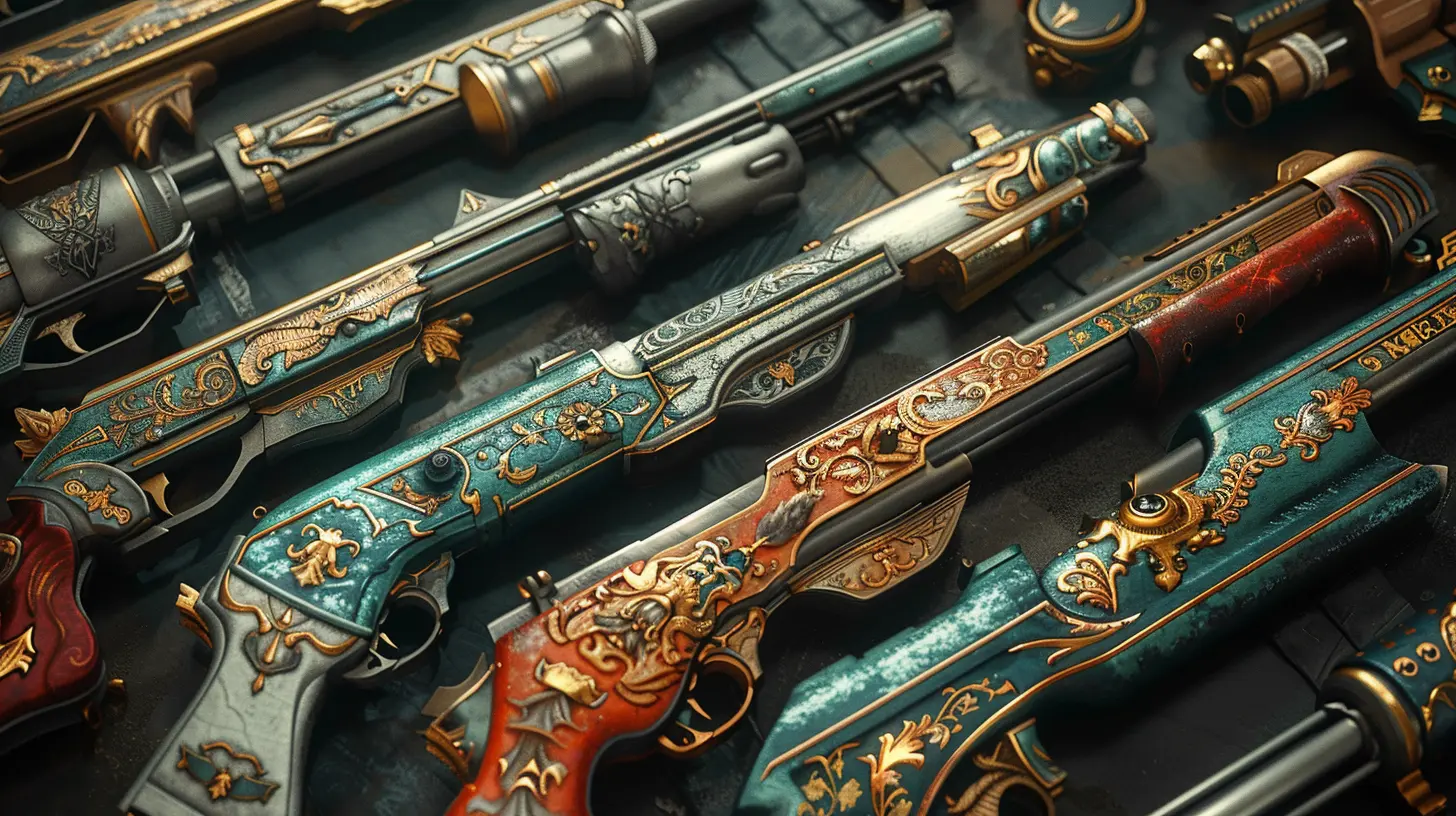
Weaving Weapons into the Backstory
Creating an immersive weapon is part writing, part emotion, part storytelling magic. Here's how to weave it all together:1. Connect the Weapon to Personal Goals
Say your character is on a quest for justice. Maybe their weapon was the only thing left from the attack that killed their family. Every time they draw it, it’s a step closer to their goal — and a reminder of what they lost.Or maybe they’re trying to prove themselves. The weapon could be forged from something they stole — something they think they didn’t deserve. Now, it’s got guilt baked into its steel.
2. Use the Weapon to Reflect Inner Conflict
A cursed axe that whispers dark thoughts. A dagger that gets warm with rage. These things don’t just sound cool — they express what’s going on beneath the surface.Using weapons to reflect internal conflict gives players and characters a tangible symbol of their emotional state. It externalizes the internal drama in a way that’s raw and visceral.
3. Let the Weapon Impact the World
Ask yourself: how do other people view this weapon?If it’s famous, enemies might flee in fear. Allies might question your character’s morality. Maybe the weapon has a reputation — and your character has to live with it.
This adds a layer of realism. The world reacts to the weapon like it's a character of its own.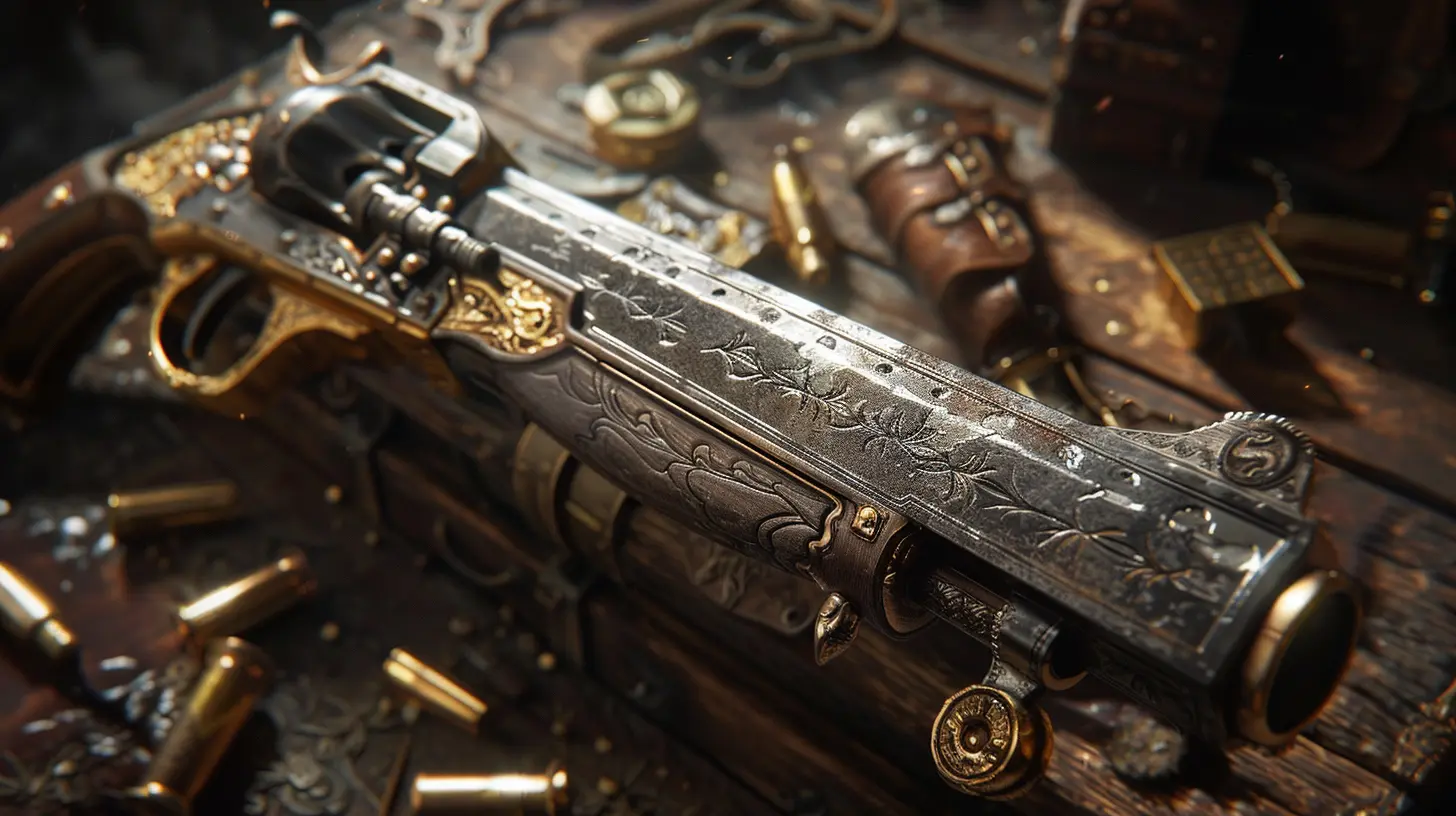
Different Genres, Same Principle
You might be thinking, “This sounds cool, but I don’t play fantasy games.”Don’t worry. Personalized weapons work across any genre. Let’s break it down:
🗡️ Fantasy
Fantasy is ripe for rich lore. Your warhammer could be forged in a dying star. A wand could have a phoenix feather from your missing parent’s familiar. The possibilities are endless, and the lore is your playground.🔫 Sci-Fi
Laser guns can be inherited from a resistance leader. A cyber katana could have memory chips implanted, containing wisdom from past users. Even a drone companion could technically be your “weapon” — and have a story of its own.🕵️ Modern-Day or Noir
A revolver from a dead partner. A pocketknife inherited from a grandfather who fought in a war. Heck, even a laptop used for digital warfare could be personalized.You don’t need dragons or space battles to go deep.
Interactive Storytelling: Encouraging Player Investment
If you're a game master or developer, creating opportunities for players to personalize their weapons is like giving them the keys to the kingdom. You’re not just handing them loot — you’re giving them a piece of their story.Here’s how to create that interaction:
1. Give Choices That Matter
Don’t just drop a magical sword. Let players craft it from dragon bone. Let them choose its look, name, and history. These choices build attachment.2. Encourage Roleplay Around the Weapon
Maybe the weapon speaks to the character — literally or metaphorically. Give hooks: a blacksmith that recognizes it. A villain who mocks it. A history book that tells its story in part.Every interaction is a chance for emotional connection.
3. Reward Emotional Depth
When a player goes deep into their weapon’s backstory, reward that commitment. Maybe it unlocks hidden abilities. Or draws out special NPC reactions.Don’t just reward combat mechanics — reward storytelling.
Real-Life Examples: What We Can Learn from Popular Games
Let’s look at a few well-known examples, and what they teach us about using personalized weapons in storytelling:Geralt’s Swords – The Witcher
Two swords — one for humans, one for monsters. Built for his job, yes — but more importantly, they symbolize his duality. His human side and the monster he’s perceived to be. Sharp, right?The Master Sword – Zelda
It’s not just a blade. It’s a test of worth, a symbol of destiny, and an anchor to the hero’s journey. Every time Link pulls it from the pedestal, there's emotional gravity.Arthur’s Revolver – Red Dead Redemption II
A weapon can feel mundane, but when tied to moments of grief, victory, or love, it becomes a lens through which you view the entire story.Notice a pattern? Personalization = depth.
DIY: Creating Your Own Personalized Weapon
Alright, it’s time to get creative. Whether you’re a player or a storyteller, here’s a quick guide to spark your ideas.Step 1: Ask “Why This Weapon?”
- Was it chosen, found, inherited, or stolen?- What does it say about your character’s values or fears?
Step 2: Add a Unique Feature
- A chipped blade, strange markings, a twisted handle.- Maybe it has a name. (Yes, naming your sword Bleed-Me-Daddy is allowed. No judgment.)
Step 3: Give It History
- What has it “seen”? Who did it belong to before?- Has it failed your character? Saved them?
Step 4: Show Its Impact
- How does your character feel about using it?- Does it make them proud? Guilty? Angry?
The trick is to make the weapon feel alive. Not literally (well, maybe), but in a metaphorical sense. It should breathe with your story.
Closing Thoughts: It’s More Than Just Damage Numbers
At the end of the day, you’ll forget the stats. You won’t remember whether you had +10 or +15 damage. But you’ll always remember the story of how your character's sword was forged from their father's armor. Or how your mage's wand cracked the day they lost their first love.Weapons are not just tools. They’re touchstones for memory, emotion, and identity. When you give them a past, they help build your character’s future.
So next time you build a character — ask yourself, *what's their weapon… and why does it matter?
all images in this post were generated using AI tools
Category:
Weapon CustomizationAuthor:

Luke Baker
Discussion
rate this article
1 comments
Greyson Curry
Love this idea! Personalized weapons can truly enhance immersion and storytelling in games!
August 29, 2025 at 4:25 AM

Luke Baker
Thank you! I'm glad you see the potential for personalized weapons to deepen immersion and storytelling in games. Your feedback is greatly appreciated!

